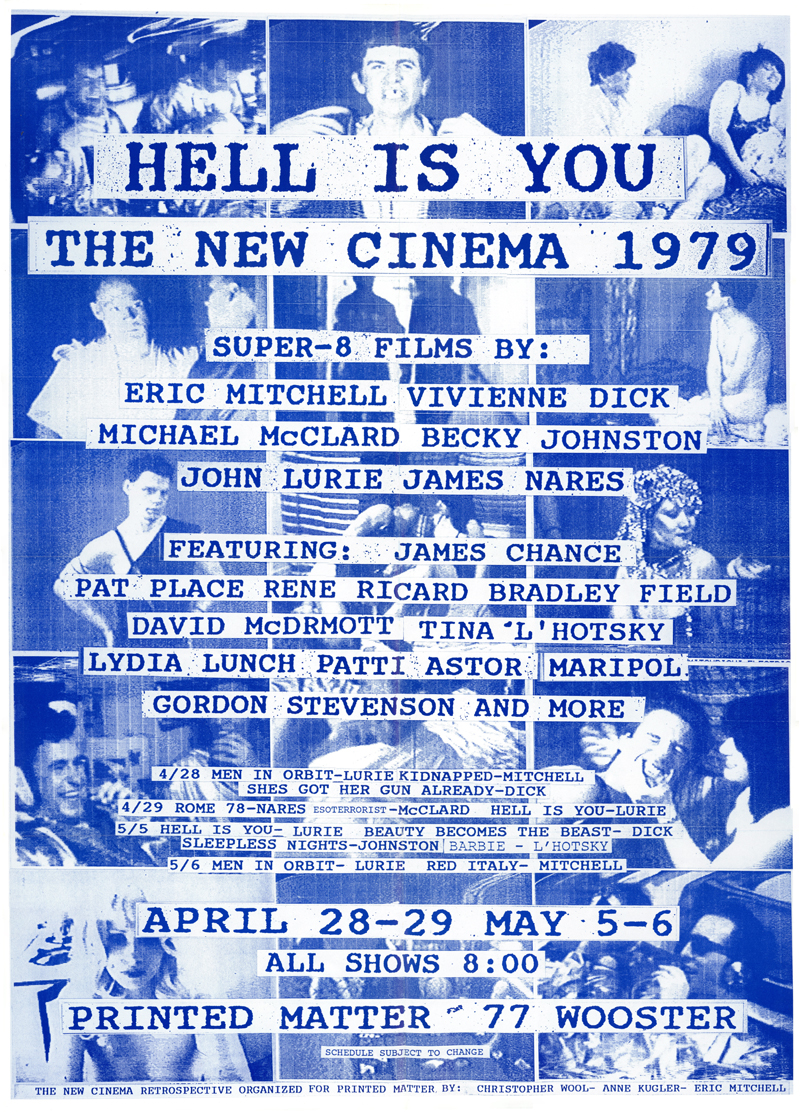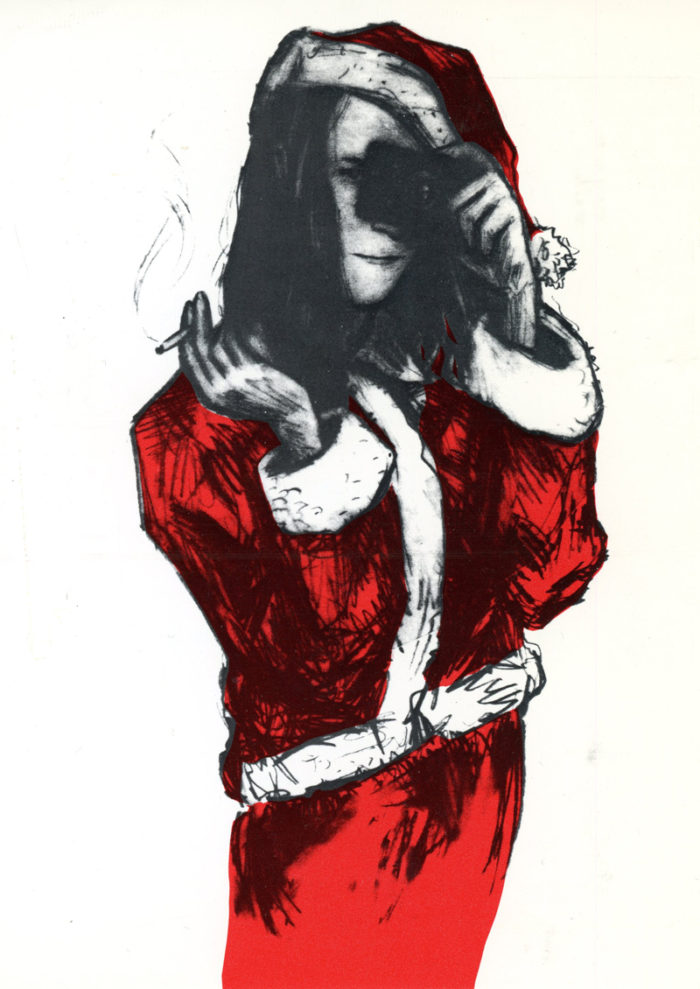
Stefan Eins, photocopy, ND. Size: 14 x 8.5 inches.
Stefan Eins’s storefront at 3 Mercer Street pointedly called itself a store, not a gallery. Doubling as Eins’s illegal living quarters with a bed hidden behind a screen, the space (which operated from 1974 – 1979) epitomized the provocative DIY populism that made Downtown New York such a creative cauldron in the 1970s.
Almost all of the objects in the informally organized Most Items Under $5 connect with Eins’s artistic obsessions: the Duchampian belief in the validity of appropriation, the conviction that anything can be art, and that if art is for everybody, it must be affordable.
The list of artists who participated in this exhibition is evidence of both Eins’s affinity to the creative zeitgeist of the day, as well as his social pull. Here older Fluxus artists like George Macuinis, Geoffrey Hendricks and Nam June Paik comfortably mixed with younger rabble-rousers like Diego Cortez, Hannah Wilke, Alan Suicide, Edit DeAk and Robin Winters.
The objects below are being sold as a lot. While each stands on its own, together they provide a rare taste of a spontaneous exhibition at the extreme edges of 1970s art.
For more on Stefan Eins and 3 Mercer Store, see our online exhibition: Stefan Eins: the Enigma Behind 3 Mercer Street and Fashion Moda, 1970-80
Stefan Eins, Most Items Under $5, photocopy flyer, 1976

Stefan Eins, photocopy, 1976. Size: 8.5 x 11 inches.
Eins’s belief that art is just another commodity is reinforced by his decision to list the objects for sale ahead of the names of the artists. Some noteworthy inclusions: fishbowls, 36 cents, electronic toy gun (used), gingerbread houses, and used florescent tubes (from Dan Flavin).
Diego Cortez, Bloody Handkerchief, 1976

Diego Cortez, red dye on cloth, 1976. Size: 16 x 14 inches.
Cortez’s handkerchief originated as a prop for his magic trick performance at the Kitchen where he pulled a “bloody handkerchief out of thin air.” Cortez would soon become a downtown force as a founder of the Mudd Club, curator of New York New Wave at PS1, and early promoter of the art of Jean-Michel Basquiat.
Robin Winters, Commissioned Portraits, typewriter ink on lead-paper, 1976

Robin Winters, typewriter ink on lead paper, 1976. Size: 9.25 x 11.5 inches. Text reads: “Commissioned Portraits. Individual portraits will be made by Robin Winters for the price of eleven dollars per portrait all payments must be made at the beginning of the session. The portrayal will consist of an interview journey sitting study etc. This activity will constitute research for the finished portrait the buyer will receive a signed object drawing photo letter etc. The price of eleven dollars includes materials transportation and labor. Anyone wishing to commission a portrait may do so by calling Robin Winters at 966-3772.”
Winters’s idiosyncratic creativity extended to this sign explaining his portrait commissions typed on lead-paper. The commissions were unconventional: a walk, drinks and interview leading to a drawing combined with words but without any attempt at a “realistic likeness.” Winters was a founding member of the art group COLAB and later exhibited at the Mary Boone Gallery.
Edit DeAk, Lapislazuliblue Soda, beverage in bottle, 1976

Edit DeAk, Nehi bottled soda, c. 1976. Size: 2.25 (diameter) x 8.25 (height) inches.
Judging from the flyer there is some question about whether DeAk’s appropriation (and renaming) of Nehi Blue Cream Soda was meant as art or as refreshment for gallery goers. Perhaps we should see it now as an early example of the recent trend of edible/consumable art. Art writer DeAk was a founder of Art-Rite magazine and a critic at Artforum.
Stefan Eins, Flying Bird Toy, photograph, 1976

Stefan Eins, photograph (by Yuri), 1976. Size: 7 x 4 inches. Inscribed on back: “Bird (flies by flapping its wings) Stefan Eins 3 Mercer Store.”
Eins discovered this inexpensive, imported flying bird at one of the stores on nearby Canal Street. As an appropriated “art object” it reflects Eins’s wide-ranging curiosity about gravity and weight. It is unknown whether any of these flying birds survive today but they live on in this Eins-inscribed photograph by Art-Rite photographer Yuri. After closing 3 Mercer Street Store, Eins opened Fashion Moda, an influential art space in the South Bronx.











